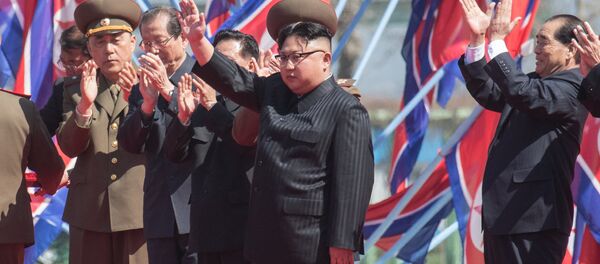Sputnik spoke to a member of the expert council of the board of the Military Industrial Commission of the Russian Federation, Viktor Murakhovsky, who explained why it would take North Korea five to six years before it could boast having an intercontinental missile.
“Of course, in recent years the North Korean missile industry has shown success, in particular, when it conducted landmark tests of medium-range missiles and solid-fuel missiles for submarines, which North Korea had never had before. However, the ICBM is a completely different class of missile technology and Pyongyang will need at least five to six years to create such weapons,” Murakhovsky said.
“Some argue that North Korea can get ICBMs because it managed to put satellites into space, but in fact, the difference between a space launch vehicle and an ICBM in terms of the level of technology is quite significant. Such a missile must not only handle the payload but also deliver it to the specific target on the ground,” the expert concluded.
On May 21, North Korea test-fired a Pukguksong-2 medium-range solid fuel ballistic missile, marking a major leap forward for the country’s missile capabilities.
The North Korean leader supervised the launch of the Pukguksong-2 missile and expressed satisfaction with its accuracy in hitting targets, according to an outlet citing the North Korean state-run Korean Central News Agency (KCNA).
The ground-to-ground missile reportedly flew some 500 kilometers (310 miles) before falling into the Sea of Japan just short of Japan’s exclusive economic zone.
Following the successful launch, the North Korean leader approved the mass production of this type of missile.





